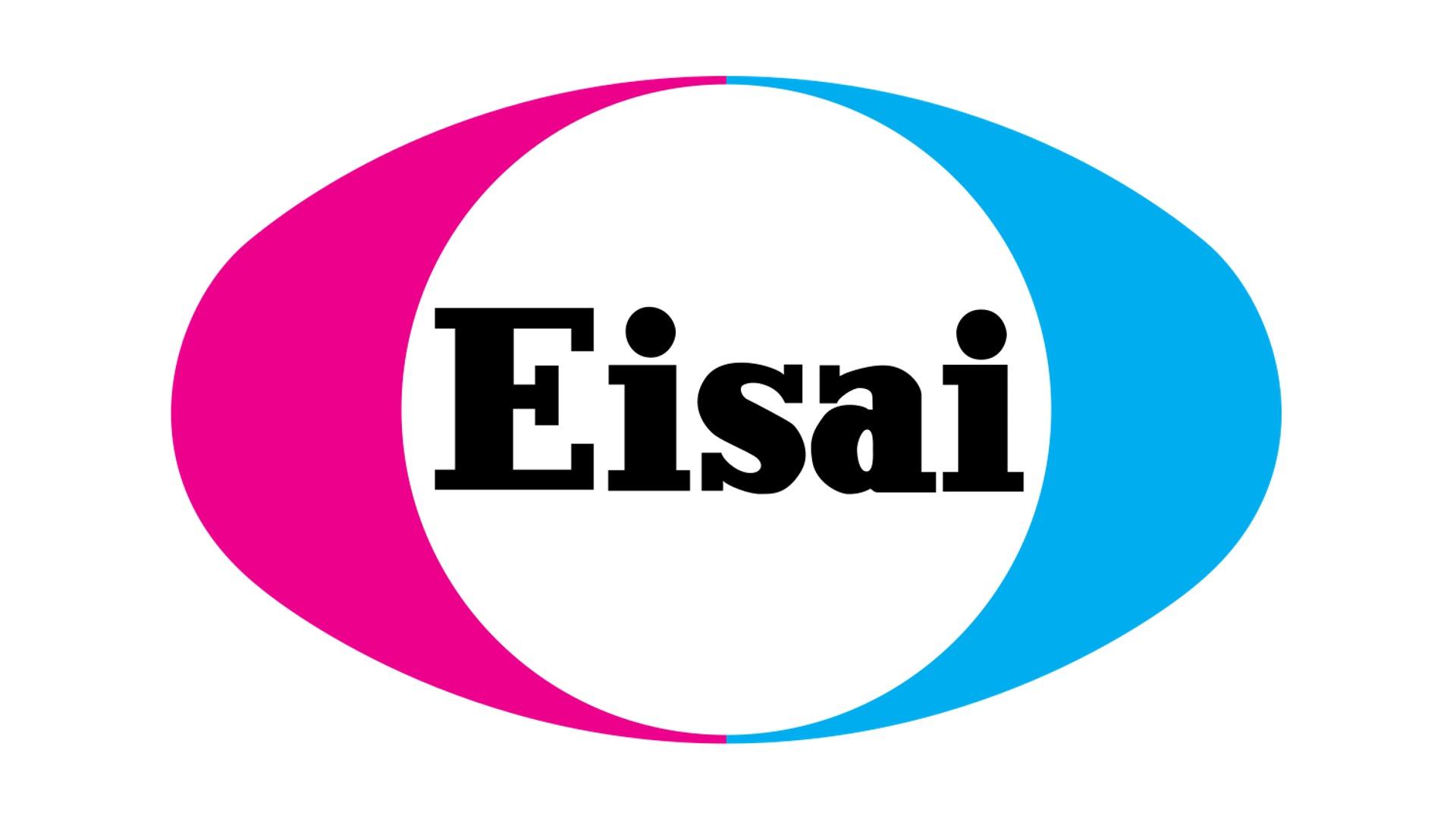OREXIN RECEPTOR ANTAGONIST PROVEN EFFECTIVE FOR BOTH SLEEP ONSET AND SLEEP MAINTENANCE IN CLINICAL DEVELOPMENT PROGRAM OF MORE THAN 2,000 PATIENTS
Eisai Co., Ltd. (Headquarters: Tokyo, CEO: Haruo Naito, “Eisai”) today announced that the U.S. Food and Drug Administration (FDA) approved the new drug application for its in-house discovered and developed orexin receptor antagonist DAYVIGOTM (lemborexant). DAYVIGO was approved for the treatment of insomnia characterized by difficulties with sleep onset and/or sleep maintenance in adults1. In the United States, DAYVIGO will be commercially available in 5 mg and 10 mg tablets following scheduling by the U.S. Drug Enforcement Administration (DEA), which is expected to occur within 90 days.
The mechanism of action of lemborexant in the treatment of insomnia characterized by difficulties with sleep onset and/or sleep maintenance is presumed to be through antagonism of orexin receptors. The orexin neuropeptide signaling system plays a role in wakefulness. Blocking the binding of wake-promoting neuropeptides orexin A and orexin B to orexin receptors OX1R and OX2R is thought to suppress wake drive. Lemborexant binds to orexin receptors OX1R and OX2R and acts as a competitive antagonist with stronger inhibition effect to OX2R*.
The approval was based on the results of a clinical development program that included two pivotal Phase III studies (SUNRISE 2 and SUNRISE 1), which evaluated DAYVIGO versus comparators for up to one month and DAYVIGO versus placebo for six-months, respectively, in a total of about 2,000 adult patients with insomnia. From these studies results, DAYVIGO demonstrated statistically significant superiorities on sleep onset and sleep maintenance compared to placebo in both subjective and objective evaluations.
Across SUNRISE 2 and SUNRISE 1, DAYVIGO was not associated with rebound insomnia following treatment discontinuation, and there was no evidence of withdrawal effects following DAYVIGO discontinuation at either dose. In addition, the development program included multiple safety studies evaluating effects on postural stability, cognition, driving performance and respiratory safety.
- SUNRISE 2 was a long-term (six month), randomized, double-blind, placebo-controlled, multi-center, trial in adult patients age 18 or older who met DSM-5** criteria for insomnia disorder. Patients were randomized to placebo (n=325), DAYVIGO 5 mg (n=323), or DAYVIGO 10 mg (n=323) once nightly. The primary efficacy endpoint was the mean change from baseline to end of treatment at six months for patient-reported (subjective) sleep onset latency (sSOL), defined as the estimated minutes from the time that the subject attempted to sleep until falling asleep. Pre-specified secondary efficacy endpoints were change from baseline to end of treatment at six months for patient reported sleep efficiency (sSE; defined as the proportion of time spent asleep during time in bed) and subjective sleep onset and sleep maintenance (sWASO; defined as the minutes of wake from the onset of persistent sleep until lights on). The primary and pre-specified secondary efficacy endpoints were measured using a Sleep Diary. In SUNRISE 2, DAYVIGO 5 mg and 10 mg demonstrated statistically significant superiority on the primary efficacy measure, sSOL, compared to placebo. DAYVIGO 5 mg and 10 mg also showed statistically significant superiority in sSE and sWASO.1
- SUNRISE 1 was a short-term (one month), randomized, double-blind, placebo- and active-controlled, multi-center, parallel-group clinical trial in adult female subjects age 55 and older and male subjects 65 years and older who met DSM-5 criteria for insomnia disorder. Patients were randomized to placebo (n=208), DAYVIGO 5 mg (n=266) or 10 mg (n=269) or active comparator (n=263) once nightly. The primary efficacy endpoint was the mean change in latency to persistent sleep (LPS; defined as the number of minutes from lights off to the first 10 consecutive minutes of non-wakefulness) from baseline to end of treatment (day 29/30), as measured by overnight polysomnography (PSG) monitoring. The pre-specified secondary efficacy endpoints in SUNRISE 1 were the mean change from baseline to end of treatment (day 29/30) in sleep efficiency (SE) and wake after sleep onset (WASO) measured by PSG. In SUNRISE 1, DAYVIGO 5 mg and 10 mg demonstrated statistically significant superiority on the primary efficacy measure, LPS, compared to placebo. DAYVIGO 5 mg and 10 mg demonstrated statistically significant improvement in SE and WASO compared to placebo.1
The most common adverse reaction (reported in 5% or more of patients treated with DAYVIGO and at least twice the rate of placebo) in SUNRISE 2 (the first 30 days) and SUNRISE 1 was somnolence (DAYVIGO 10 mg, 10%; DAYVIGO 5 mg, 7%; placebo, 1%).
In addition to these pivotal trials, Eisai conducted a number of studies to further evaluate the safety of DAYVIGO, including a study that assessed the effect of DAYVIGO on postural stability and cognitive performance and a next-morning driving study.
- Middle of the Night Safety (Study 108): The effect of DAYVIGO on middle of the night safety was evaluated in a randomized, placebo- and active-controlled trial in healthy female subjects ≥ age 55 or male subjects ≥ age 65. Postural stability, the ability to awaken in response to a sound stimulus, and attention and memory were assessed following a scheduled awakening four hours after the start of the eight-hour time in bed. Nighttime dosing of DAYVIGO 5 and 10 mg resulted in impairment of balance (measured by body sway area) at four hours as compared to placebo. There were no meaningful differences between DAYVIGO (5 or 10 mg) and placebo on ability to awaken to sound. DAYVIGO was associated with dose-dependent worsening on measures of attention and memory as compared to placebo.1
- Effects on Next-day Postural Stability and Attention and Memory (SUNRISE1 and Study 108): The effects of DAYVIGO on next day postural stability and attention and memory were evaluated in two randomized, placebo- and active-controlled trials in healthy subjects and insomnia patients age 55 and older. There were no meaningful differences between DAYVIGO (5 or 10 mg) and placebo on next-day postural stability, or memory compared to placebo. 1
- Effects on Driving (Study 106): A randomized, double-blind, placebo- and active-controlled, four-period crossover study evaluated the effects of nighttime administration of DAYVIGO on next-morning driving performance approximately nine hours after dosing in 24 healthy elderly subjects (≥65 years old, median age 67 years) and 24 adult subjects (median age 49 years). Although DAYVIGO at doses of 5 and 10 mg did not cause statistically significant impairment in next-morning driving performance in adult or elderly subjects (compared with placebo), driving ability was impaired in some subjects taking 10 mg DAYVIGO.
“Insomnia disorder is a chronic condition that has a variety of potential negative impacts and long-term consequences for health and well-being,”2 said Russell Rosenberg, PhD, D.ABSM, a principal investigator in the DAYVIGO clinical studies and former Chairman of the Board of the National Sleep Foundation. “The clinical trials provide evidence that DAYVIGO may improve patients’ ability to fall asleep and stay asleep.”
“We believe the approval of DAYVIGO is particularly exciting because it is the first FDA-approved medication to report safety data over a 12-month period along with sleep onset and sleep maintenance efficacy data over a six-month period in a pivotal clinical study,” said Lynn Kramer, MD, Chief Clinical Officer, Neurology Business Group, Eisai. “We look forward to making this new therapeutic option available to the millions of patients who suffer with insomnia.
Eisai has submitted new drug applications seeking approval of this agent for use in the treatment of insomnia in Japan (March 2019) and Canada (August 2019).
Insomnia is characterized by difficulty falling asleep, staying asleep, or both, despite an adequate opportunity to sleep, that can lead to daytime consequences such as fatigue, difficulty concentrating and irritability.2,9 Insomnia is one of the most common sleep-wake disorders with high prevalence. Approximately 30% of adults worldwide have symptoms of insomnia,7,8 and many of them remain months to years. As a result, insomnia causes various social losses such as long absences and reduced productivity.
With DAYVIGO and through its research and development efforts focusing on orexin biology, Eisai aspires to improve the lives of patients suffering from sleep disorders.
*Lemborexant binds to orexin receptors, OX1R and OX2R and acts as a competitive antagonist (IC50 values of 6.1 nM and
2.6 nM, respectively). When activated, the role of OX1R is to suppress REM sleep, and the role of OX2R is to suppress
both non-REM sleep and REM sleep. Lemborexant enables sleep by preventing activation of OX1R and OX2R.
**DSM-5: Diagnostic and Statistical Manual of Mental Disorders, Fifth Edition (American Psychiatric Association)
Media Inquiries:
Public Relations Department,
Eisai Co., Ltd.
+81-(0)3-3817-5120



